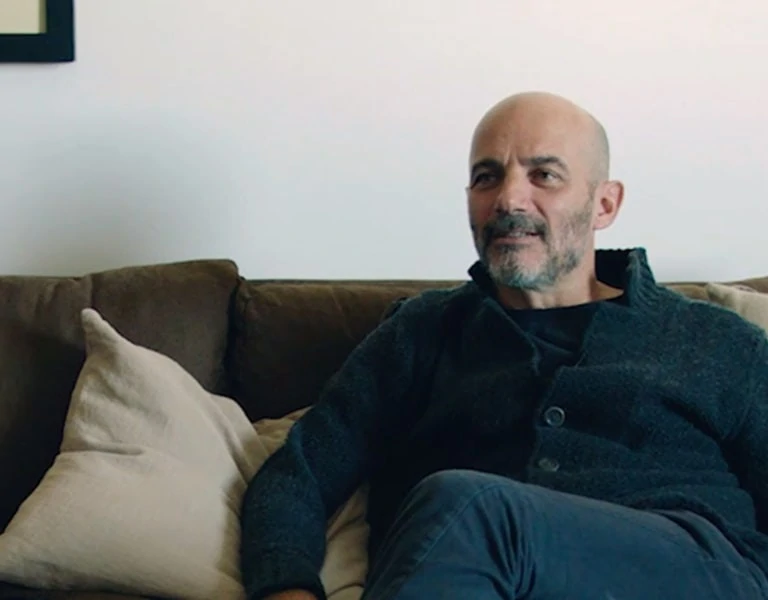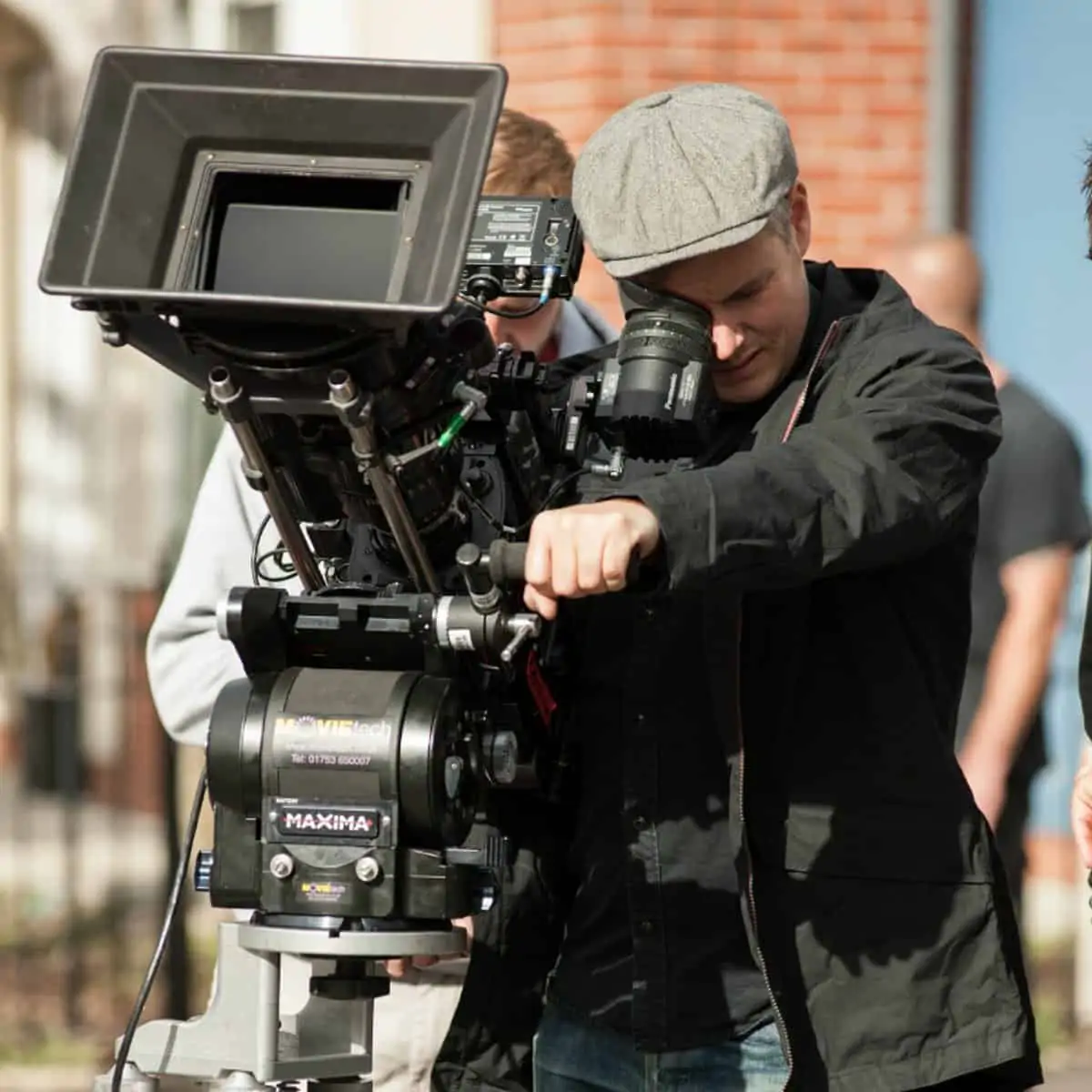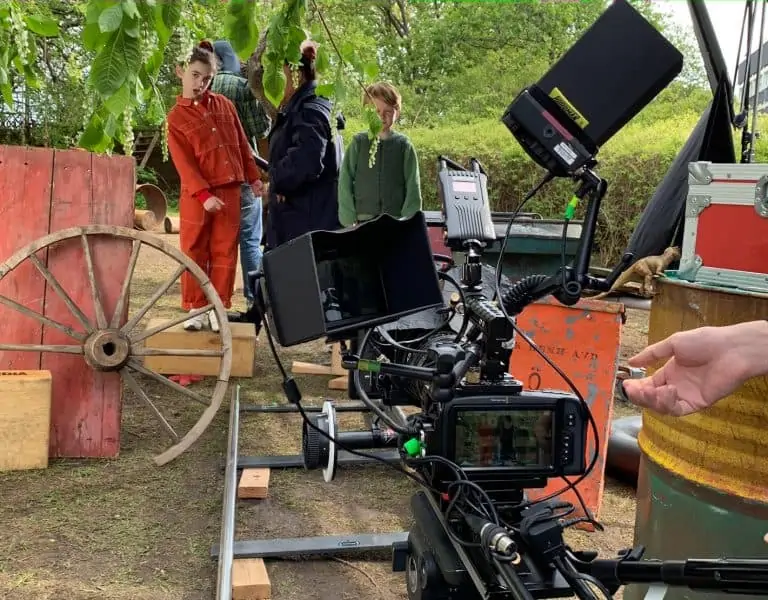Shadow of Doubt
Ben Seresin / Broken City
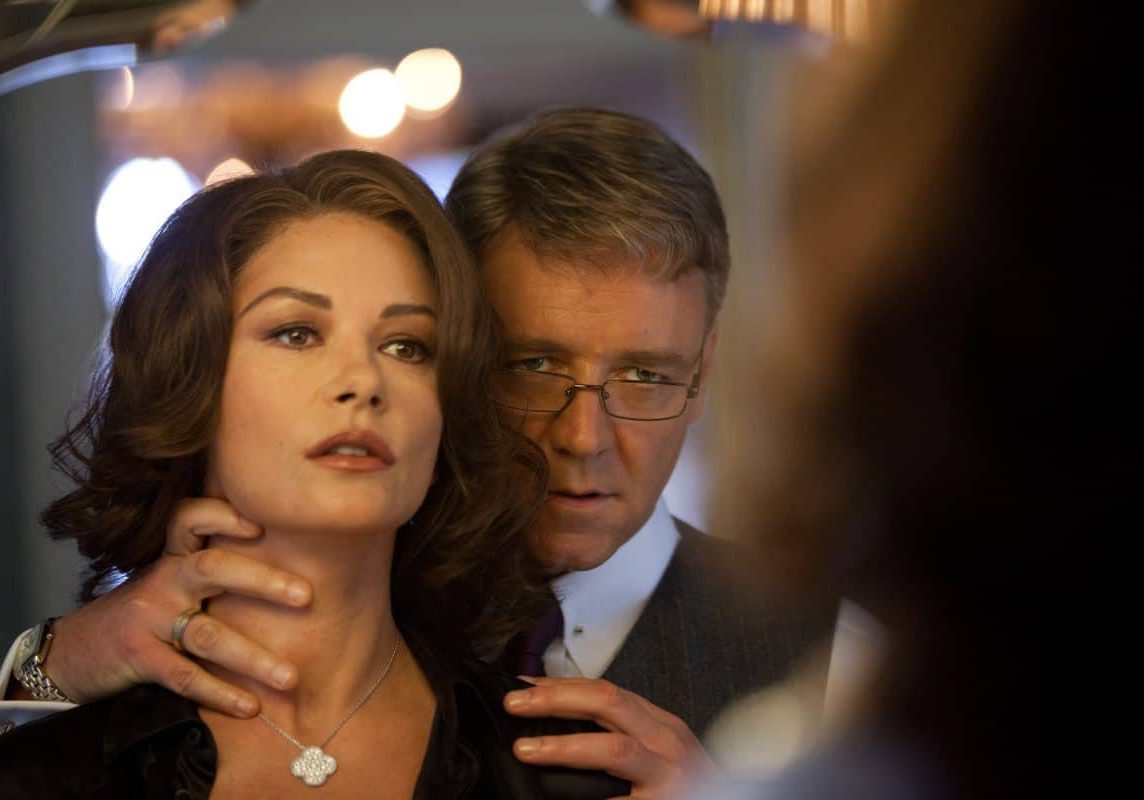
Shadow of Doubt
Ben Seresin / Broken City
Some cinema genres are closely identified with a specific period of time. Film noir in particular is most associated with its heyday, the late 1940s and early ‘50s, despite efforts by a new generation of filmmakers and writers to update it. The latest attempt to reinvent this still powerful form is Broken City, a story of fraud, double-cross and redemption, that called on cinematographer Ben Seresin to create a shadowy, paranoid world using available light and new digital technology.
The Complete Film Dictionary by Ira Konigsberg describes film noir as presenting a "dark, brutal and violent urban world of crime and corruption, peopled by sordid and neurotic figures... presented in a style that emphasises bleak settings, heavy shadows and sharp contrasts of light and dark." Broken City, directed by Allen Hughes, ticks these boxes with its story of ex-cop turned private eye Billy Taggart (Mark Wahlberg, also a producer of the film), who is hired to investigate the wife of New York mayor Nicholas Hostetler (Russell Crowe), only to be framed as an accomplice to murder. As he tries to clear his name Taggart finds he is in the middle of a much bigger, more sinister conspiracy.
Broken City sees Seresin returning to the style of more narrative, character-led films like Best Laid Plans (1999) and Circus (2000), which he shot before moving on to big budget action movies such as Michael Bay's Transformers: Revenge Of The Fallen (2009) and Unstoppable (2010), directed by the late Tony Scott. "I was keen to diversify and create a bigger range of work and more interest in myself as a cinematographer," he says.
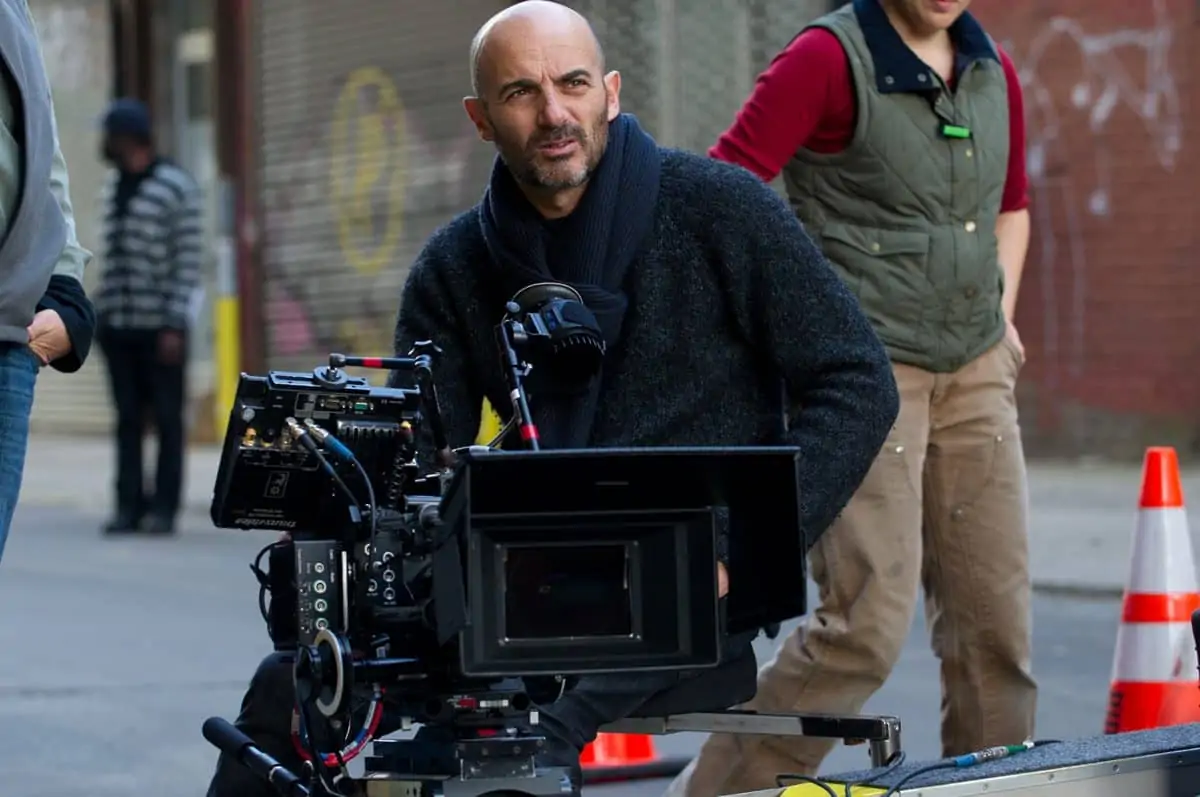
Seresin had already worked on a music video with Allen Hughes, one half of the directing-writing-production team - with his twin brother Albert - responsible for Menace II Society (1993) and From Hell (2001). "We got on pretty well and this film came up," he says. "It's a classic LA-style thriller driven by plot and dialogue. I wanted to give that a contemporary feel and Allen was receptive to suggestions on the visual approach."
The shoot was supplied with a beta test version of the Alexa Studio digital camera by ARRI. This was the second unit to be released for a production; the first being to Roger Deakins BSC ASC for Skyfall. "Because Broken City was to be my first digital film I was keen to explore available light, but also give a noirish, stylised feel," Seresin explains. As part of this he was eager to shoot anamorphic, partly to fit the mood of the story but also because he knew Deakins was shooting spherical for Bond.
"Anamophic using available light hadn't been done on a digital camera before and we wanted to try it," Seresin comments. "Unfortunately, at the eleventh hour, it turned out that the software wasn't ready so we had to go with spherical. But it still appealed to the same aesthetic, using a digital camera to shoot in a very vertical city like New York."
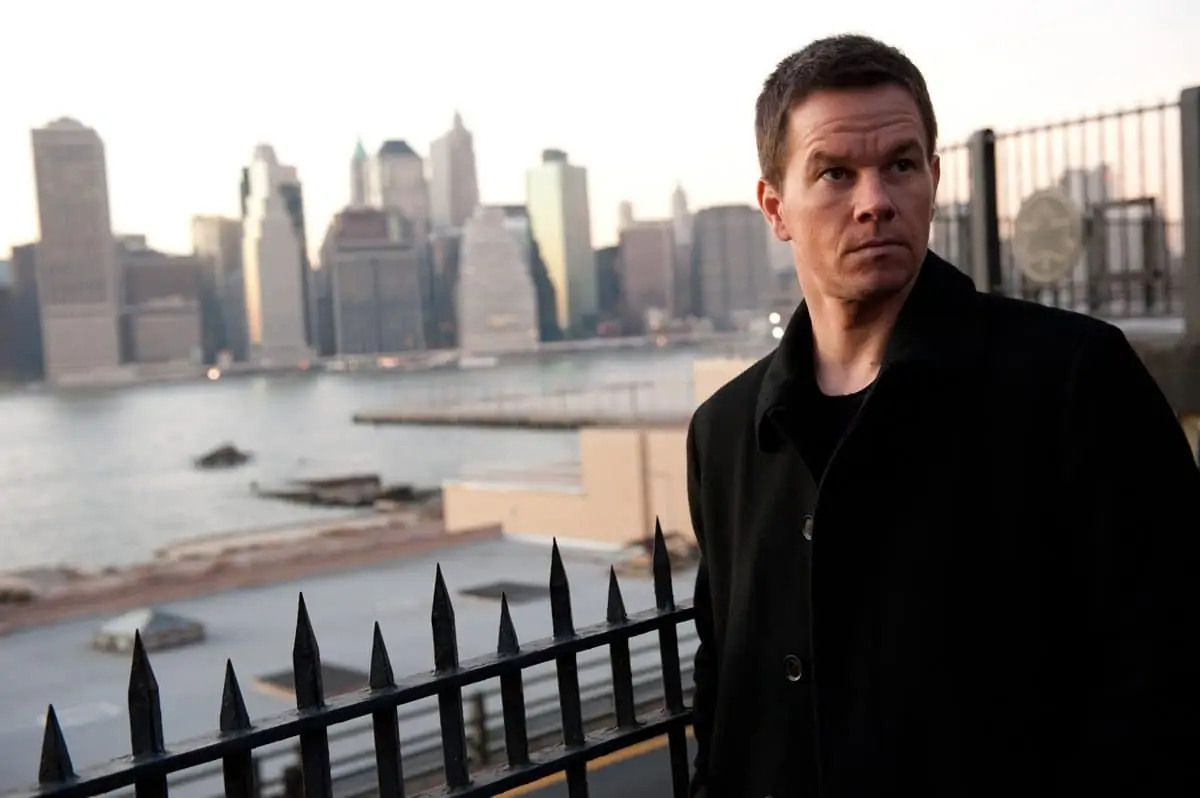
Seresin says "an on-going challenge in shooting digital" is trying to maintain "an organic sense" in the finished picture. "I've made two - nearly three - movies in digital but I'm still a big fan of film," he comments. "Digital has some advantages, like seeing the final image on set, but the look of film still sets the bar."
Despite wanting to give Broken City a contemporary look Seresin was looking for a film noir period feel, although he says much of that came from the staging and pace. "It ended up being sort of analogue because we were trying to maintain a classical sense of filmmaking."
Seresin used Panavision spherical lenses with the Alexa Studio and adjusted the ISO to get something close to a filmic appearance: "Even shooting ARRIRAW at 800 we had a huge range to work with in post. At 400 it was an even better way to explore things, especially using Fusion software and filters. The Alexa is an extraordinary machine, but there are still some issues in how it represents over-exposed areas. Film is still best - digital needs more manipulation."
Exteriors for Broken City were filmed in New York, where it is set, but the majority of the shoot took place in New Orleans and other parts of Louisiana, mainly for budget reasons. Seresin observes that when the crew was in The Big Apple a conscious effort was made to keep clear of locations familiar from other films.
The decision to use available light and working quickly on location sometimes produced results Seresin had not unexpected: "In one scene Mark Wahlberg meets someone on top of a building. When we were shooting this, a fog started to come in during the course of the night. The city lights were reflecting on the fog, which gave us a lot ambience."
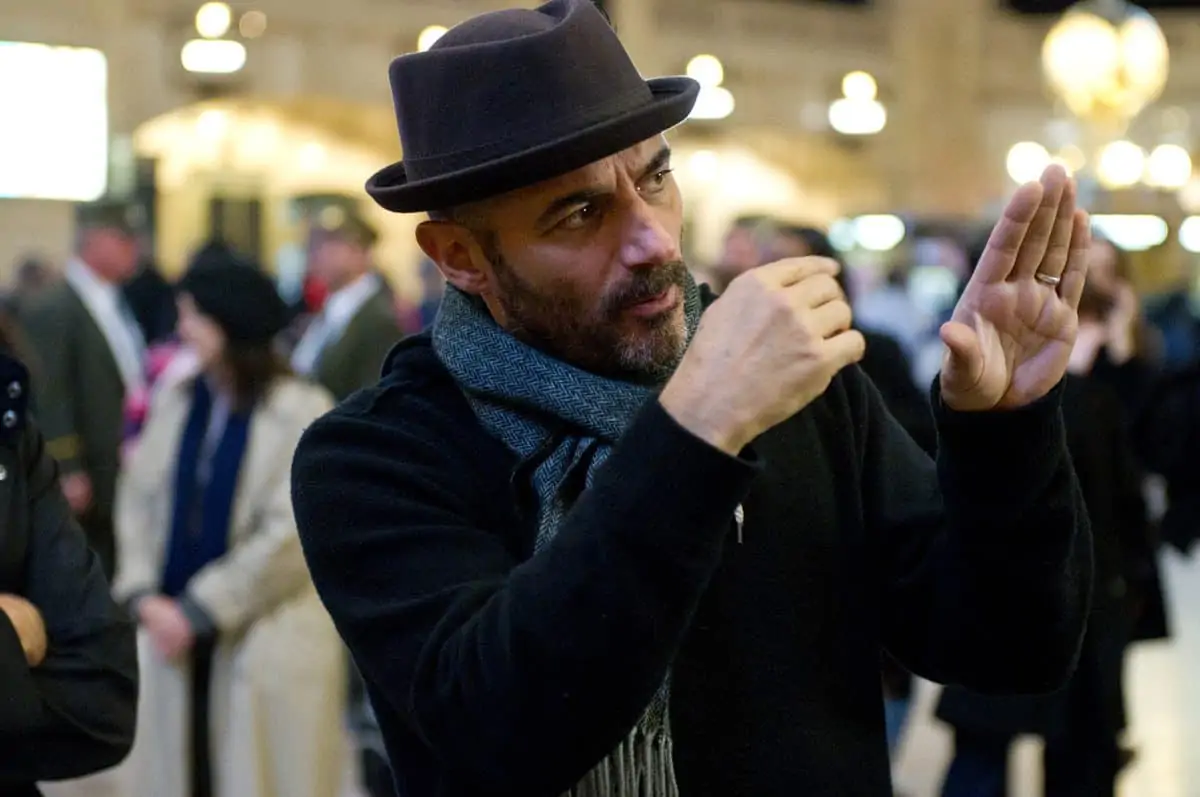
"Digital has some advantages, like seeing the final image on set, but the look of film still sets the bar."
- Ben Seresin
In keeping with the conventions of film noir, much of Broken City was filmed at night but Seresin says he did not refer to any of the classics of the genre for inspiration. Instead more modern, noirish films such as Michael Mann's The Insider (1999), photographed by Dante Spinotti, provided a touchstone. "My main consideration was to give the film a sense of place," Seresin comments.
Seresin's next project, Pain And Gain, is currently in post-production and sees him reunited with Wahlberg, Michael Bay and, in part at least, film. Based on the true story of three bodybuilders who got involved in extortion and a kidnapping that went wrong, Pain And Gain is a another part of Seresin's bid for a more varied filmography but is a real departure for the director. This is partly because it is a semi-comedy but mainly in being a lower budget movie (approximately $50 million). "Well, it's low budget by Michael's standards," Seresin observes. "But it had the usual toys."
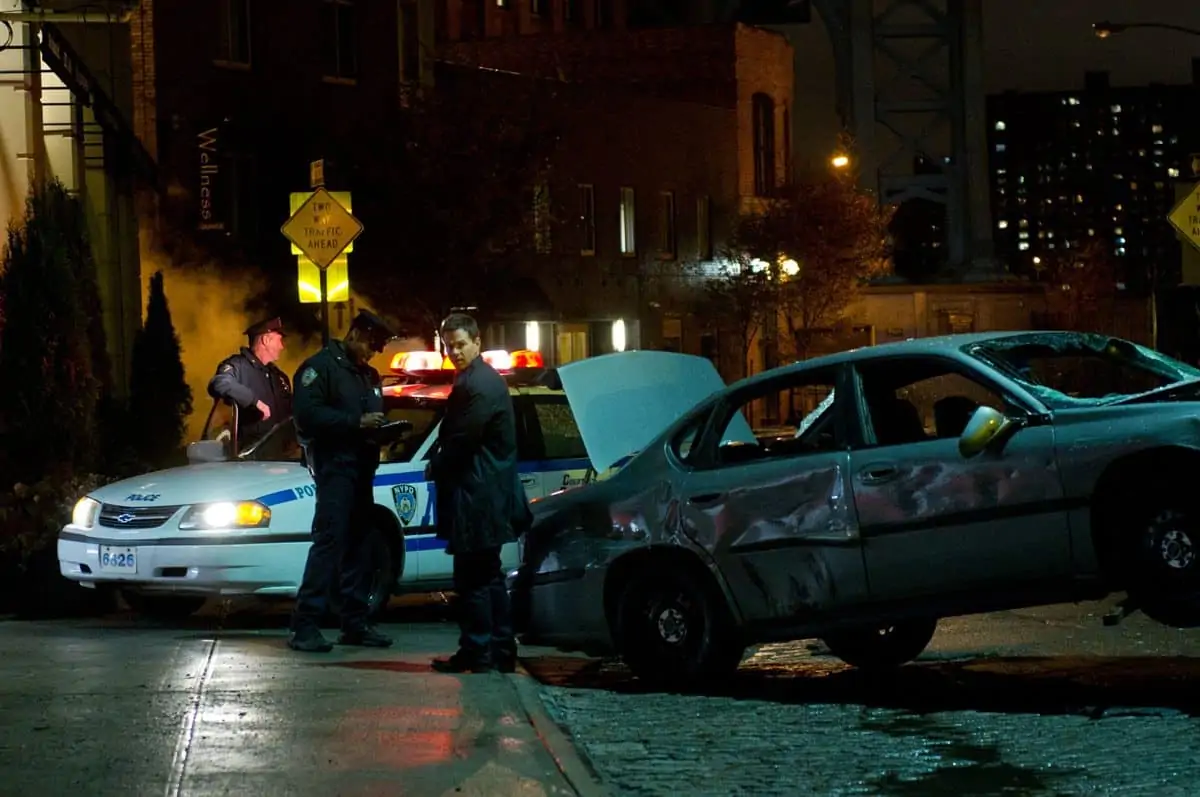
Bay had originally asked Seresin to work on the third Transformers but the less obvious subject appealed to the cinematographer. Seresin estimates that 70 to 80 per cent of Pain And Gain was shot on film, with the remainder using a RED Epic. While the story fulfils Ben Seresin's desire for diversity, he found Michael Bay's "relentless energy" still applied, with up to 90 set ups a day. Some things never change.







